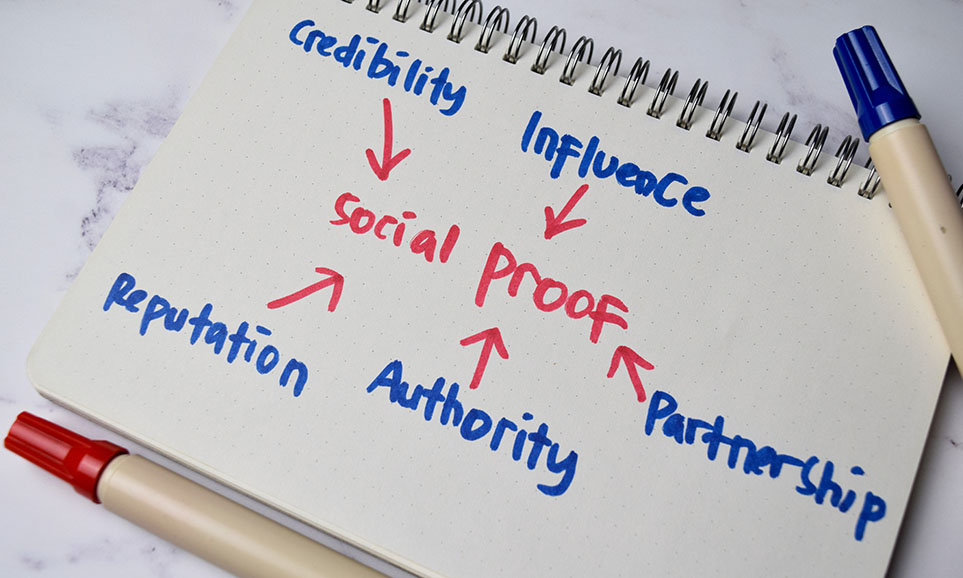
Account-Based Marketing (ABM) and its importance within B2B
In a world that moves as fast as Digital Marketing, business owners, departments and agencies need to continuously adapt and stay ahead of the market to get an edge over their competitors. Although Account-Based Marketing is not a brand new concept—the term was first coined in 2004—it has certainly gained momentum and popularity recently and it seems that this strategy is here to stay. Account-Based Marketing or ABM, to which it is more commonly referred, is currently one of the most valued B2B strategies for improving relationships with client accounts and increasing marketing ROI (return on investment).
Although we are only just starting to hear about the concept, over the past year, the number of companies which have implemented a full Account-Based Marketing, programme has increased by 21%.
What is Account-Based Marketing (ABM)?
ABM is a strategic marketing model, which aligns marketing and sales; two departments within the organisation, which have historically worked relatively independently. The primary objective is to connect the activities and data of both departments to focus on a single prospect or client account (generally those that generate the largest revenue for your business) and treat them in a much more personalised way.
How does ABM work?
Account-Based Marketing is most commonly used within the Business to Business (B2B) sector, especially in areas where the market is highly concentrated, in which there a few dominant players, but there are many contacts within those organisations who will influence the decision making process, which increases the length of the sales cycle.
Upon implementing an ABM strategy into the business, a suite of tools is used, which usually includes a CRM (customer relationship management system), a marketing automation solution and some kind of data analytics software to measure revenue and ROI. Nowadays there are even single integrated solutions which can provide all the above in a more user-friendly and streamlined way.
The marketing department will then be able to run many automated nurturing campaigns, personalised to target individual accounts, and through the intelligent data-driven insights of the platform, it can notify the sales team as soon as it produces a Sales Qualified Lead (SQL). Furthermore, since every marketing campaign is connected to the end sale and the value of that sale via the CRM, the business can calculate end-to-end ROI and prove each campaign’s value in terms of revenue generated.
Is ABM compatible with other marketing techniques?
Up until now, Inbound Marketing (IM), based on the generation of quality content to attract potential clients, has remained king. ABM goes one step further: offering both quality and highly personalised content to a client or account that already exists.
We can quite confidently say that both disciplines are fully compatible. Especially when Digital Marketing and Advertising are evolving to build relationships with an even more clearly defined target audience.
It is highly probably that B2B companies will continue using Inbound Marketing to generate leads, and start utilising the benefits offered by ABM to build relationships with high value accounts. This is where the power of Relationship Marketing enters the arena.
Why are interpersonal relationships so important to ABM?
If we communicate directly with our clients on a personal basis, we learn more about them; their demographics, characteristics, motivations and their interests. Many ABM solutions use this data intelligence to build ‘buyer personas’ around your most successful existing account contacts, which is then used to find new prospects that appear identical to your best or highest value customers.
Once we have captured these prospects we need to engage them by sending regular communications on topics of particular interest to create personalised experiences, which is where marketing automation usually integrates. This helps convert prospects from the top of the funnel (ToFu) such as the awareness and consideration stages, to the bottom of the funnel (BoFu), the stage where they are ready to purchase. Then with continued communication and relationship building, they will eventually become a long-term loyal account with a high Customer Lifetime Value (CLV), which is the ultimate goal of any Account-Based Marketing strategy.
How can you benefit from an ABM strategy?
Various research studies reveal quite positive statistics around incorporating ABM into their business. Some of the most noteworthy are:
- 97% of Marketing professionals confirm that they are seeing a higher ROI with ABM compared to other marketing programmes(Alterra Group)
- 84% of marketers feel that ABM provides significant benefits for retaining and expanding existing client relationships (Alterra Group)
- 75% of customers say that they prefer personalised offers(Aberdeen Group)
- Companies that have implemented ABM have seen their ACV (Annual Contract Value) increase by up to 171% (TOPO)
Do you believe an ABM strategy would be beneficial to your organisation? Have you already implemented it and did it work? Write your opinion and I will be happy to debate the subject.







Leave a comment: